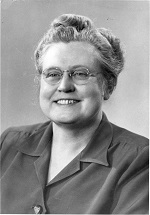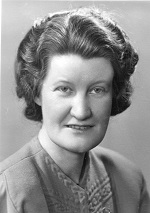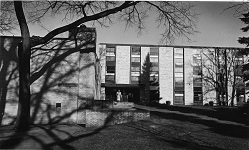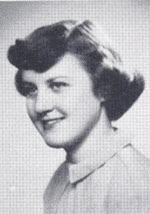 Norma Gooden Ostby took charge of Concordia’s dramatic program in 1932. Initially the theatre was unsupported by a formal budget or theater season; Ostby described the early productions as a “desperate financial enterprise.” In 1938, Ostby revitalized the artistic community of Concordia College by forming the Concordia Theatre, which provided the school with the organization and budget necessary to hold an annual theater season.
Norma Gooden Ostby took charge of Concordia’s dramatic program in 1932. Initially the theatre was unsupported by a formal budget or theater season; Ostby described the early productions as a “desperate financial enterprise.” In 1938, Ostby revitalized the artistic community of Concordia College by forming the Concordia Theatre, which provided the school with the organization and budget necessary to hold an annual theater season.
Browse Entries
|
|
|
Cla |
|
|
|
|
|
|
|
|
|
|
|
|
|
|
|
|







